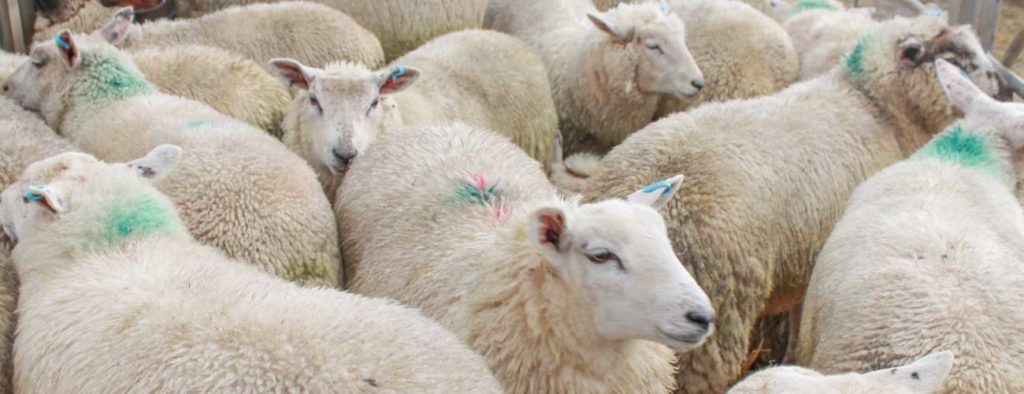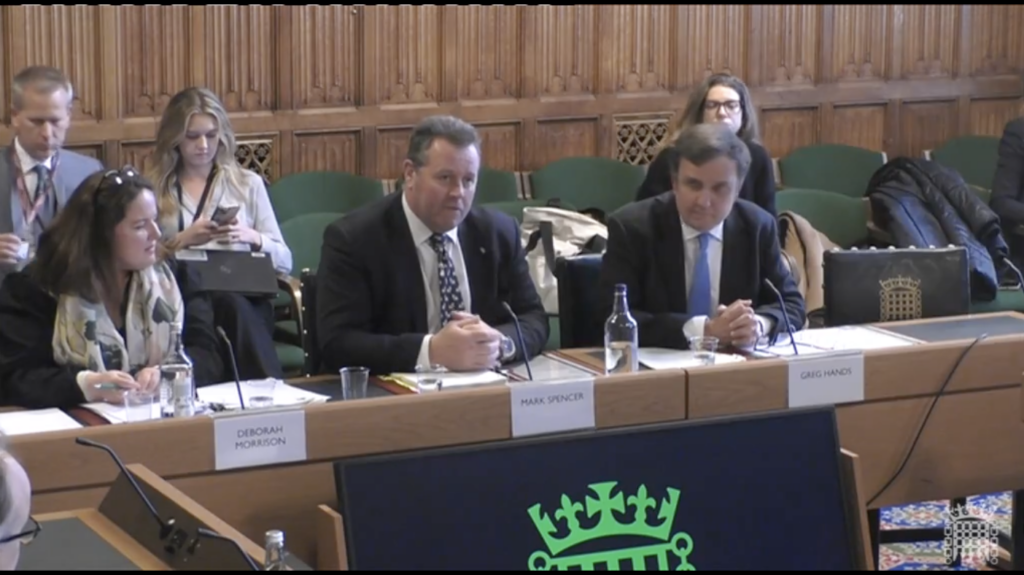Livestock
The BMPA works closely with industry partners up and down the supply chain to ensure that consumers can be confident that their food is produced to the highest animal welfare and food safety standards.
Although our members are merely a link in the food chain between the farmers that rear the animals and the supermarkets that sell the products, BMPA takes an active role in ensuring an unbroken chain of high standards of production.
Food safety and consumer confidence in our industry is paramount. As food business operators, all elements of the supply chain have an important role to play in delivery of safe food to the final consumer. Below are some of the areas we are involved in specifically to do with the transport and treatment of livestock.
Clean cattle
Farmers can play their part by delivering clean livestock to abattoirs. The Food Standards Agency have produced a document titled Clean Beef Cattle for Slaughter – A Guide for Producers to highlight the issues and provide guidance for farmers supplying livestock to our member companies, including how to clip them safely. It can be downloaded from the link, below.
You can also download another FSA document, Red Meat Safety and Clean Livestock, which discusses the importance of various factors on red meat safety including factors affecting microbial contamination, bacterial pathogens, clean livestock policy and how it’s enforced, the diets, housing and transport of animals and the economic implications of compliance and non-compliance.
Cattle residency requirements
Many retailers put restrictions on how many farms cattle may be resident on. For clarity, we have detailed the BMPA’s position on what constitutes a movement within these residency requirements in the document entitled Cattle Residency Requirements – Definitions of Movements, which can be downloaded below.
The welfare of animals in transport
The safe and humane transportation of animals is regulated by EC Regulation 01/2005. It covers measures that should be taken to improve the protection and welfare of animals during transport as well as preventing the occurrence and spread of infectious animal diseases. The regulation seeks to put in place more stringent requirements so as to prevent pain and suffering during and after transport.
We have provided links to the full regulation text below as well as a guide published by DEFRA which explains the specific requirements of the legislation. This document is particularly useful as it clarifies what transporters, farmers, and slaughterhouses should be doing including the requirements for formal training and competence certification.
Additional reading
- Clean Beef Cattle for Slaughter: A Guide for Producers (Food Standards Agency)
- Red Meat Safety and Clean Livestock (Food Standards Agency)
- Cattle Residency Requirements – Definitions of Movements (BMPA)
- Processor Code of Practice for the Purchase of Cattle (BMPA/National Farmers Union)
- Welfare of Animals During Transport (DEFRA)
- EC Regulation 01/2005 (Protection of Animals During Transport)






